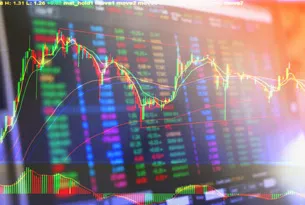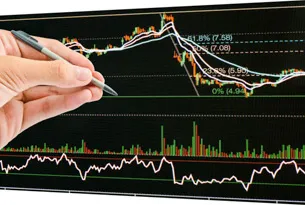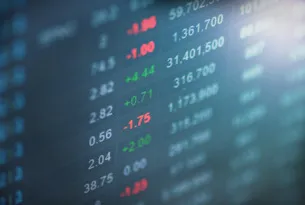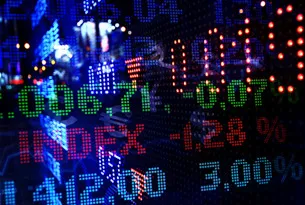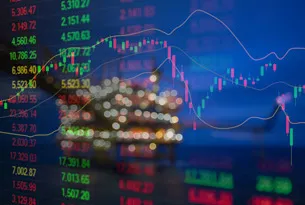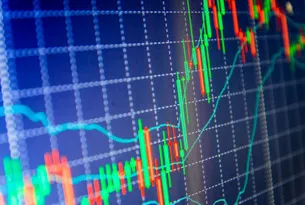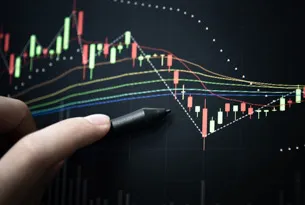If you were wondering if the European Central Bank was likely to go soft on inflation and put its interest-rate increases on hold, wonder no more.
According to numbers released today, April 28, Germany’s annual inflation rate climbed to 2.6% in April. That’s up from 2.3% in March, and marks the fastest pace for German inflation in more than two years.
The European Central Bank isn’t about to let inflation climb this fast in the core economy of the European Monetary Union—and the most sensitive one, politically, to inflation.
April inflation data for the Eurozone as a whole will be released tomorrow, April 29. It’s expected that the numbers will show inflation steady at last month’s 2.9% annual rate. That’s well above the central bank’s inflation target of close to, but not above, 2%.
Now the only question is when the bank next raises its benchmark interest rate. (The European Central Bank raised interest rates by 25 basis points, to 1.25%, earlier this month.) The bank’s governing council meets next week, but the bet in the financial markets is that the next increase won’t come until June or July.
Needless to say—but I’ll say it anyway—news of higher German inflation has put more downward pressure on the US dollar today. With the Fed making it clear yesterday, April 27, that it doesn’t intend to raise US interest rates before the end of 2011 (if then), the prospect of higher rates on the euro makes it the more attractive currency.
The Dollar Index dropped below 73 this morning for the first time since July 2008. The all-time low for the index—which tracks the US dollar against a basket of currencies that includes the euro, the pound, the Swiss franc, the Swedish krona, the yen, and the Canadian dollar—is 70.68, on March 17, 2008.
The euro, on the other hand, climbed to $1.4888 overnight. That’s the euro’s high against the dollar since December 2009.
Full disclosure: I don’t own shares of any of the companies mentioned in this column in my personal portfolio. The mutual fund I manage, Jubak Global Equity Fund (JUBAX), may or may not now own positions in any stock mentioned in this column. For a full list of the stocks in the fund as of the end of March, see the fund’s portfolio here.
















